Last week I wrote about what I believe is the unrecognized fashion gem of the 1950s: the housedress. I find it so interesting that women placed so much emphasis on having new, pressed, stylish dresses to wear around the house and for errands each day, yet we often leave it out when discussing the fashion of the decade. Instead, people often think of poodle skirts, 1950s cocktail dresses, and Dior’s New Look. And while I may enjoy learning about the way women dressed day-to-day over mid-century high fashion, it is true that nothing says the 1950s like the classic cocktail dress. And martinis. The two go hand in hand, as social drinking at one’s home became the norm and the same homemakers relished in showing off their skills by hosting cocktail parties.
Let’s take a look at the culture of the 1950s cocktail party, how it emerged, and the etiquette surrounding them that was both laid back and strictly adhered to at once.
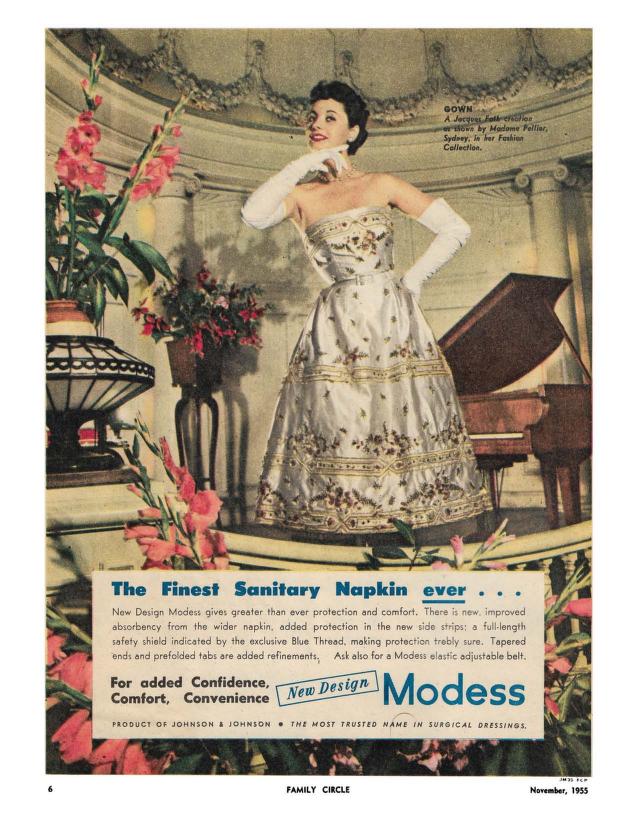
The rise of the cocktail party
The post-war years were a period of enormous “regrouping” for American families. As I discussed last week, after spending time in the workforce during World War II, women were encouraged to return to the home as a patriotic duty. In order to make this option more desirable, print media glamorized and elevated the housewife and an entire industry was created to do so.
It was also a time when mingling with neighbors inside one’s home with both sexes present was at an all-time high. Couples retreated to the suburbs, making socializing with neighbors less likely to happen in neighborhoods but more likely to happen overall given the rise of the subdivision. Women found that they were anxious for excuses to see other adults and escape the drudgery they sometimes felt. Career men were bombarded with messages about having pride in material items and success. And the war had finally pushed the envelope far enough when it came to men and women spending time together.
It was a perfect recipe for the cocktail party to emerge.
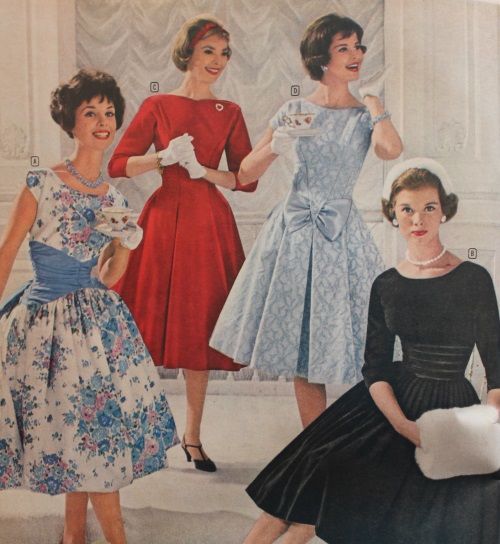
“In the 1950s, drinking alcohol most often occurred in cocktail parties set in the new homes of suburbia. This illustrated a remarkable shift in the demographics of drinking according to a survey conducted by a trade association for licensed beverages, until the end of World War II, only 35 percent of liquor in the United States was consumed at home, whereas 65 percent was consumed in bars and restaurants; by 1951 these percentages had more than revered themselves, with only 30 percent of alcohol bought and consumed outside the home and 70 percent drunk at home (Bowden 1951). Offering cocktails in one’s home epitomized the decade’s popular lifestyle image. The suburban cocktail party epitomized the nuclear family as the essential setting for all social interactions, in its flexible schedule, with guests dropping in and staying as long as they wished, it exemplified a more casual standard of entertaining and etiquette and it presumed that a family was proud enough of its house to open it to others.”
“The Happiest Party in Town: Cocktail Accessories and Culture, 1945-1965” by Kristina Wilson
The 1950s cocktail party essentials
Despite their prevalence, there was a by-the-book approach to the 1950s cocktail party. We may think of an adult mixer today consisting of a table full of various drink mixers, a lot of people standing around talking, and some simple refreshments. This was not the case when the 1950s homemaker was showing off her stuff!
Create a 1950s cocktail party look of your own: 1950s Retro Dresses
Cocktail accessories and drinks
With a new pastime centered around drinking at home came a lot of products. The home bar was first seen, often a free-standing, narrow furnishing that was kept away from the kitchen in the living room. And while the rest of the party was largely the territory of the woman of the home, mixing drinks became a way for the man to get involved. You may notice that many of the cocktail accessories of the time seem catered for male style and interest, including the futuristic aspect of many.

Photo source: Shorpy.com
Popular mixed drinks of the time included old-fashioned, highball, gin punch, and of course, the martini. I would expect that a good 1950s cocktail party would have had a large bowl of punch in addition to martinis in order to give the man of the house a break here and there.
Food

Innovations were rapidly entering the American supermarket during the 1950s, and the cocktail party was a great way for women to show off how up to speed they were. Guests would have expected a large amount of food to be available at cocktail parties, though there was an element of making the food appear simple and highly trendy.
Popular dishes included:
-Swedish meatballs, prepared in a slow cooker
-Various jello dishes
-Canapes
-Fondue
-Food on see some of the most creative foods that were served at 1950s parties? Check out 1950s recipes that aren’t as loved today.
Sound simple? Well, there was a lot going on behind the scenes to make it appear that way:
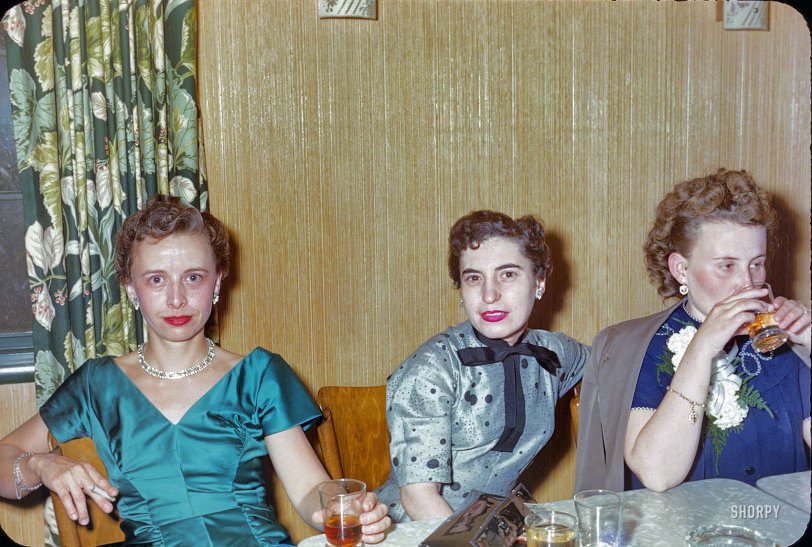
“And yet beneath the exhortation “Now you can relax!” lay a set of stringent expectations and assumptions. They described the importance of advance planning so that the “host and hostess don’t conflict embarrassingly about who’s to do what. So, for the sake of smoothness and efficiency, decide ahead of time who is to fill the plates, suggest second helpings, stack plates on the side table…After a while, you’ll both get so expert at this kind of teamwork that you’ll even learn to follow each other’s improvisations when things don’t go as planned–like practiced dance partners.”
“The Happiest Party in Town: Cocktail Accessories and Culture, 1945-1965” by Kristina Wilson
Throw your own 1950s cocktail party
Are you looking forward to hosting a post-COVID celebration at your home? Make it a 1950s cocktail party theme! Here are some previous posts to help you out:
1950s recipes for the holidays that aren’t as loved today
Victorian cocktails: The Golden Age of Mixology
The fun history of the poodle skirt
And from around the web:
How to Throw a Successful 1950s Cocktail Party


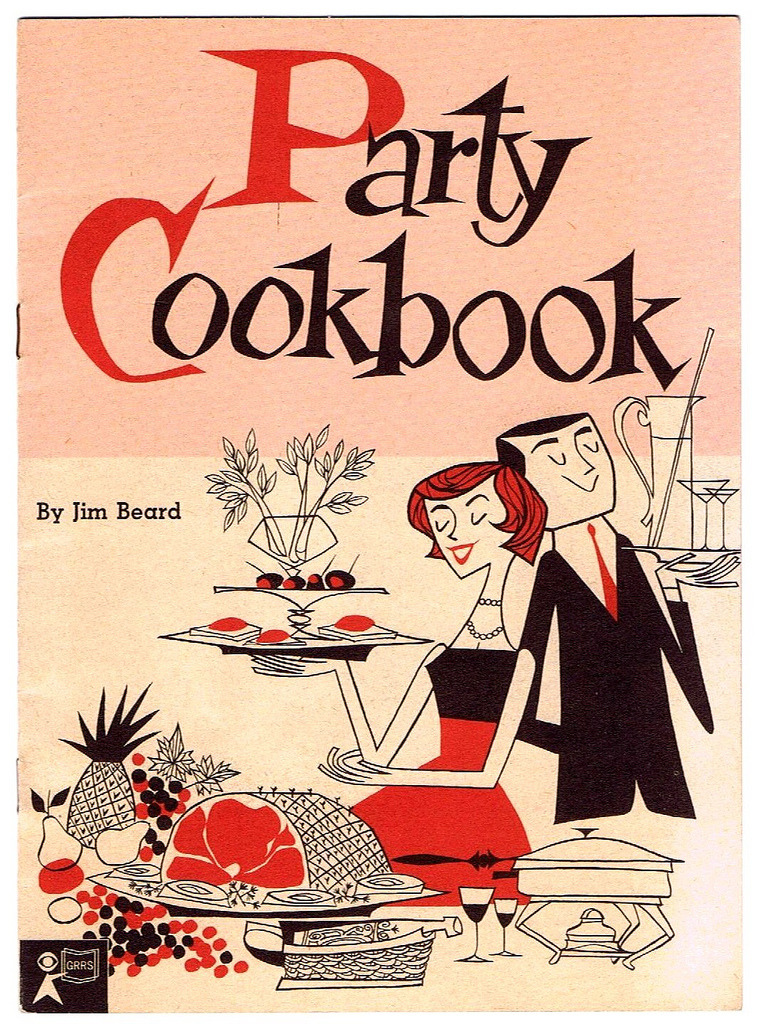



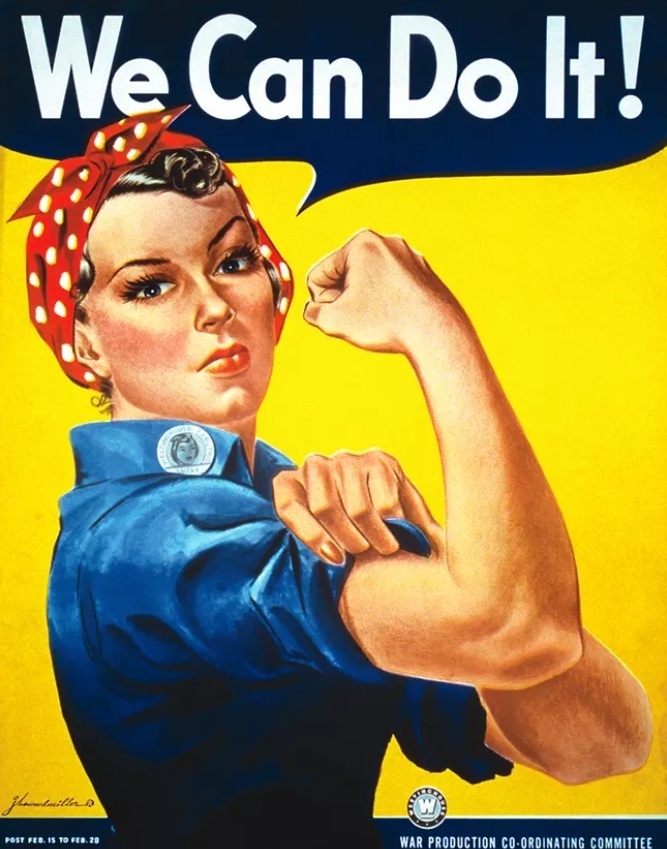
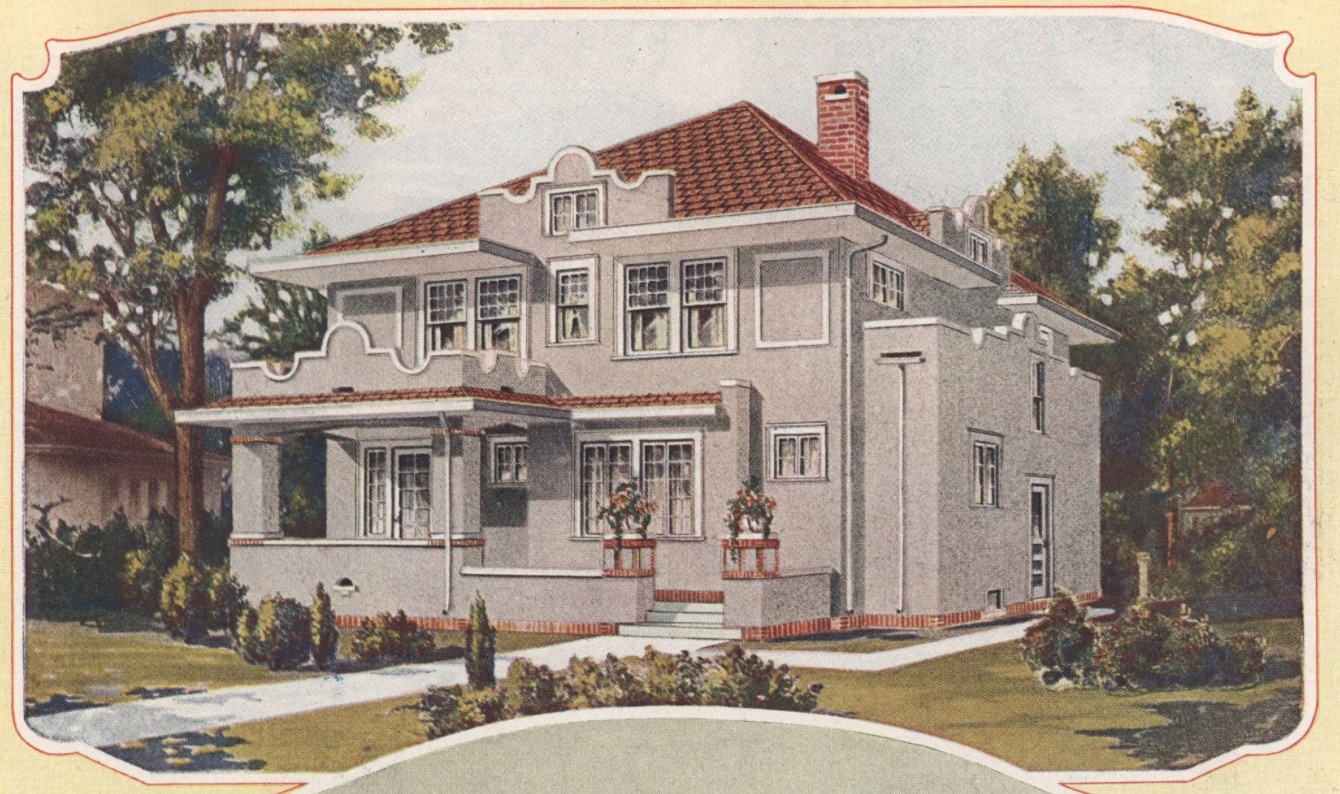




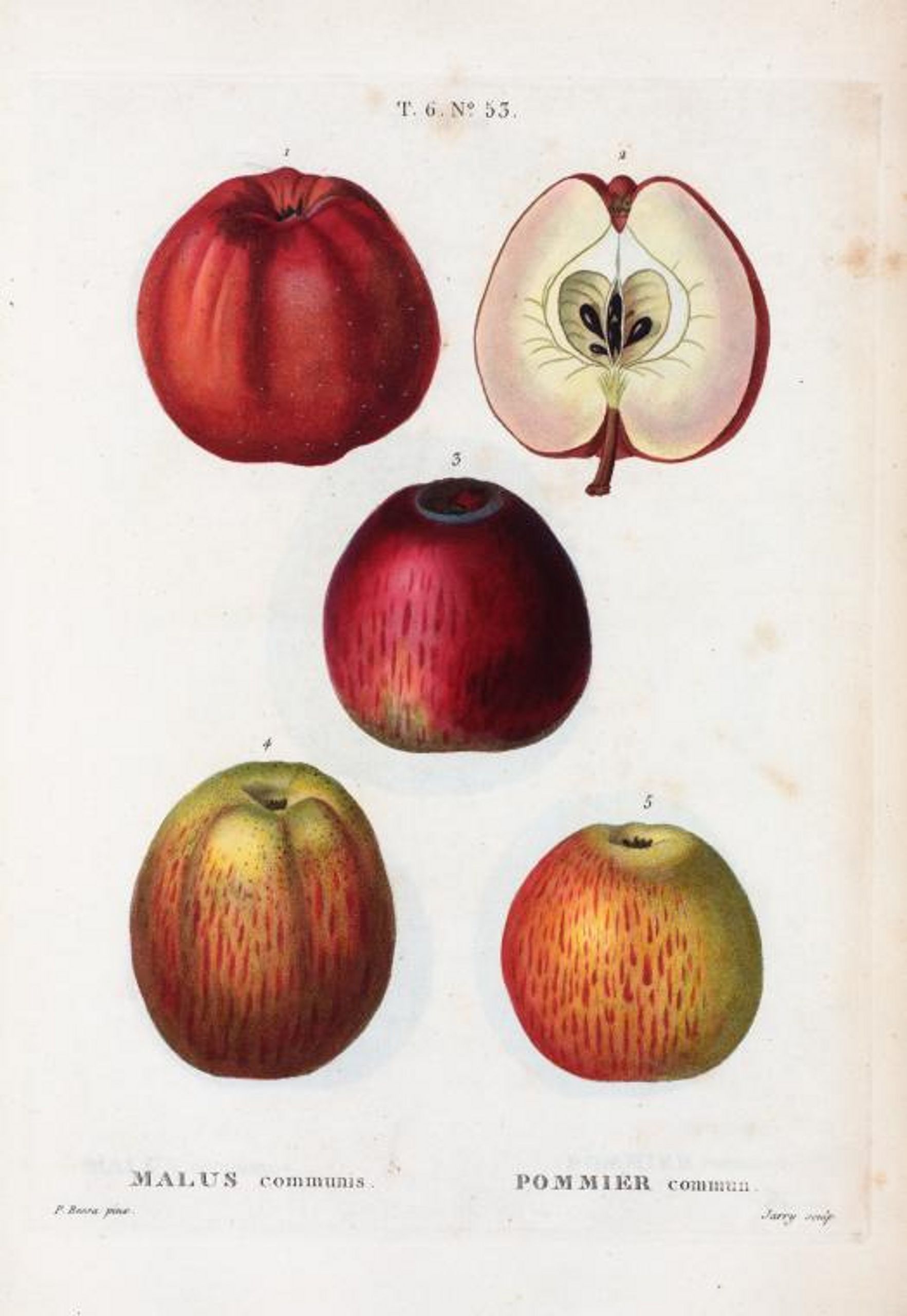
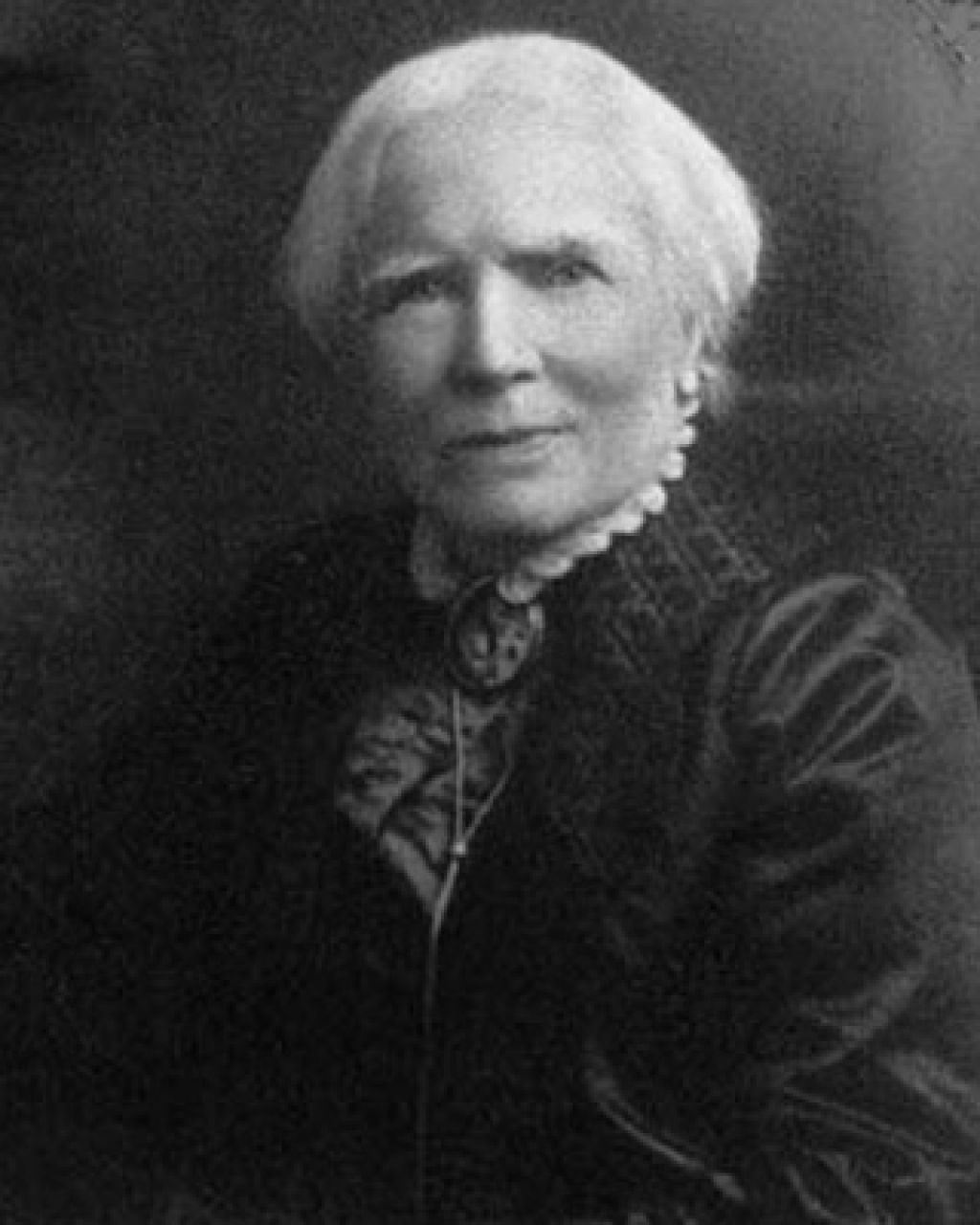

Leave A Comment